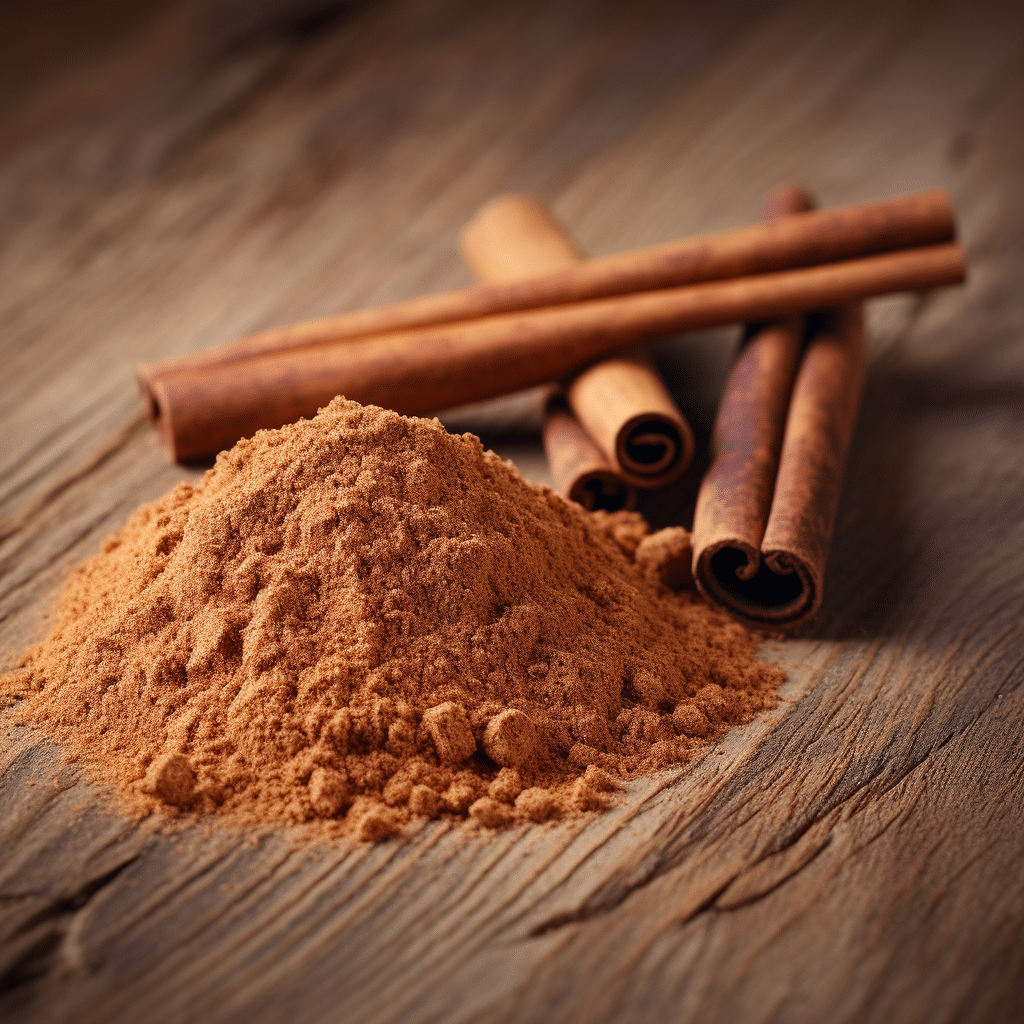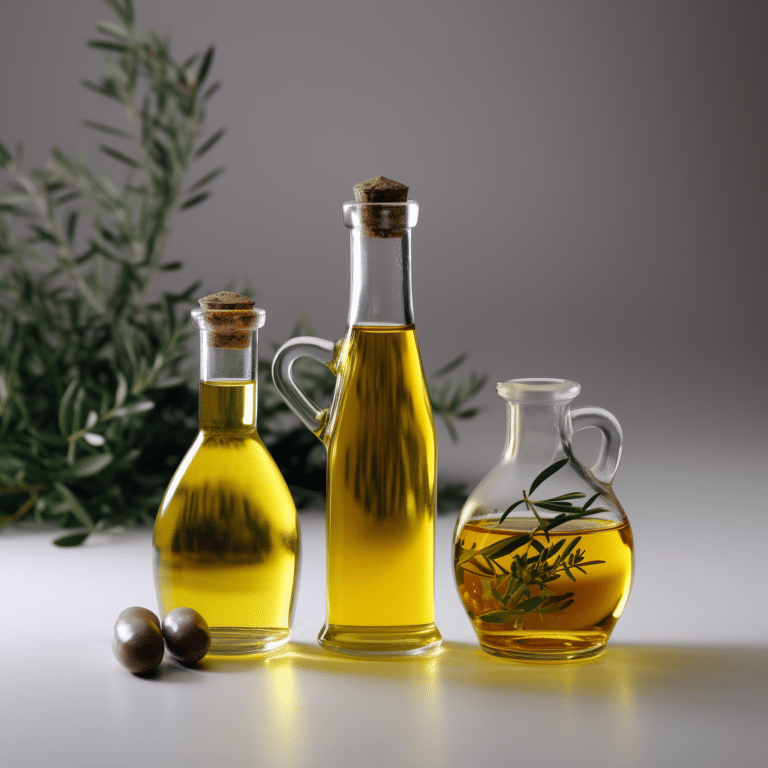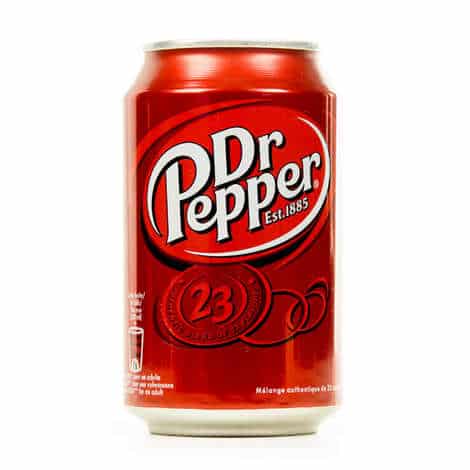Cinnamon Sticks vs Ground Cinnamon: Differences and Usage
Many people are familiar with cinnamon – the warm, fragrant spice that adds flavor to everything, from toasts to oatmeal to rolls. They have also been enjoying the spice for thousands of years. That’s so because cinnamon is commonly used in hot beverages like coffee and sweet dishes like pastries.
Cinnamon found its way to Africa and Europe via the Silk Road, an extensive trading route developed in 130 B.C.E. Nowadays, it’s not easy to find a home pantry without some form of cinnamon. Speaking of forms, cinnamon comes in two forms – finely ground cinnamon powder and tightly rolled cinnamon sticks. T
he two forms come from the same plant and are usually interchangeably used in recipes. However, there’s a limit to substituting them. Read on to learn more about cinnamon sticks and ground cinnamon.

Cinnamon Sticks vs Ground Cinnamon
The main notable difference between cinnamon sticks and ground cinnamon is their appearance. Cinnamon sticks appear as solid, rod or twig-like forms of cinnamon, while ground cinnamon is a finely ground powder obtained by grinding and crushing cinnamon sticks.
Another difference is in their use. Cinnamon sticks add a subtle and mild flavor when used in culinary, while ground cinnamon provides a more intense flavor and color. For this reason, cinnamon sticks are best used to flavor liquid-based dishes, where it’s added, left for some time to infuse flavors to the liquids, and then removed. This results in a mild cinnamon flavor. The sticks can also be used to garnish and decorate foods before serving.
Since ground cinnamon has a more intense flavor, it’s best to use in stews, baked goods, desserts, and rice dishes. When added to foods, ground cinnamon greatly impact its flavor and color, resulting in a more colorful and flavorful dish.
Lastly, there’s the issue of shelf life. Generally, spices are non-perishable and, thus, have a longer shelf life than other perishable goods. But, how long cinnamon sticks can last without flavor deterioration is not the same as ground cinnamon.
Cinnamon sticks can last up to two years without their flavor deteriorating or quality changing. As for ground cinnamon, this one can stay for around six months, after which there will be changes in its freshness, aroma, flavor, texture, and color.
How Can You Use Cinnamon Sticks And Ground Cinnamon Interchangeably
You can use ground cinnamon in recipes that call for cinnamon sticks and vice versa. When substituting cinnamon sticks for ground cinnamon, take note of the required amounts. As a step guide, use half a teaspoon of ground cinnamon for every cinnamon stick measuring about one to three inches long.
When adding ground cinnamon in recipes that call for cinnamon sticks, mostly beverages or liquids, remember to add it to the cooking or baking process. That’s so because ground cinnamon has a large surface area than cinnamon sticks. This means adding it at the start of your cooking releases its flavors pretty fast but will not last for long. But, when you add it towards the end of your cooking, you’ll be sure the food will still be flavorful when you serve it.
You can also use cinnamon sticks in recipes that call for ground cinnamon without changing anything. Especially if the dish you’re preparing contains lots of liquid. In this case, steep the stick into the liquid and leave it for some time to infuse flavors. Then take it out before serving.
However, in dry applications, cinnamon sticks may not be ideal for replacing ground cinnamon. That’s because you cannot sprinkle cinnamon sticks on foods like cakes or rolls or steep it the dishes and remove it. Doing so will change the texture of your dish, making it not as good. In such a case, use a spice grater or grinder to reduce the cinnamon stick to powder before using it. This way, you’ll still have the rich cinnamon flavor without texture changes.
How To Use Cinnamon Sticks
You can use cinnamon sticks to flavor almost any dish. And this is probably why many ethnic cuisines use it as a key ingredient in their recipes. The most common recipes that require cinnamon sticks include:
- Chai tea.
- Hot chocolate.
- Sangria.
- Moroccan stews.
- Pork pho.
- Chile Verde de Puerco.
Using cinnamon sticks is pretty easy and varies depending on the dish you’re making. For instance, if you want to add cinnamon sticks to coffee, you can use it as a stirrer. Stir your coffee with the cinnamon stick, which will infuse its flavors into the coffee surrounding the stick, impacting the beverage’s overall flavor.
But if you’re making soup or stew and want to use cinnamon sticks in the dish, you’d want to add the whole stick into the boiling liquid and let it simmer with the food for minutes or a couple of hours. Exactly how long you should let the sticks simmer depends on how much cinnamon flavor you want for your meal.
So, let the stick cook with the food for as long as you’re satisfied with the taste. Once satisfied, remove the cinnamon sticks using tongs, let them cool and discard them.
How To Use Ground Cinnamon
Ground cinnamon, too, has many uses. You can add it in coffee, tea, or hot chocolate, to give the beverages a sweet flavor. You can also use ground cinnamon in desserts. Cinnamon rolls are known by many due to the rich cinnamon flavor they have.
Besides beverages and desserts, you can use ground cinnamon in pancake batters, cake batters, and muffin mixes, impacting the color and adding the goodness of cinnamon. Ground cinnamon can also be used to flavor breakfast cereals, oatmeal, or muesli, giving these meals a distinctly spicy yet sweet flavor.
Note that ground cinnamon repels water. So, adding it to water-based dishes takes time and effort to incorporate it into the dish completely. This means you’ll have to continuously stir for a few minutes for the cinnamon to spread throughout the drink.

Conclusion
Cinnamon sticks and cinnamon powder are the same thing. The former consists of rod strips harvested from the bark of cinnamon trees, while the latter is a finely ground powder obtained from crushing and grinding cinnamon sticks.






